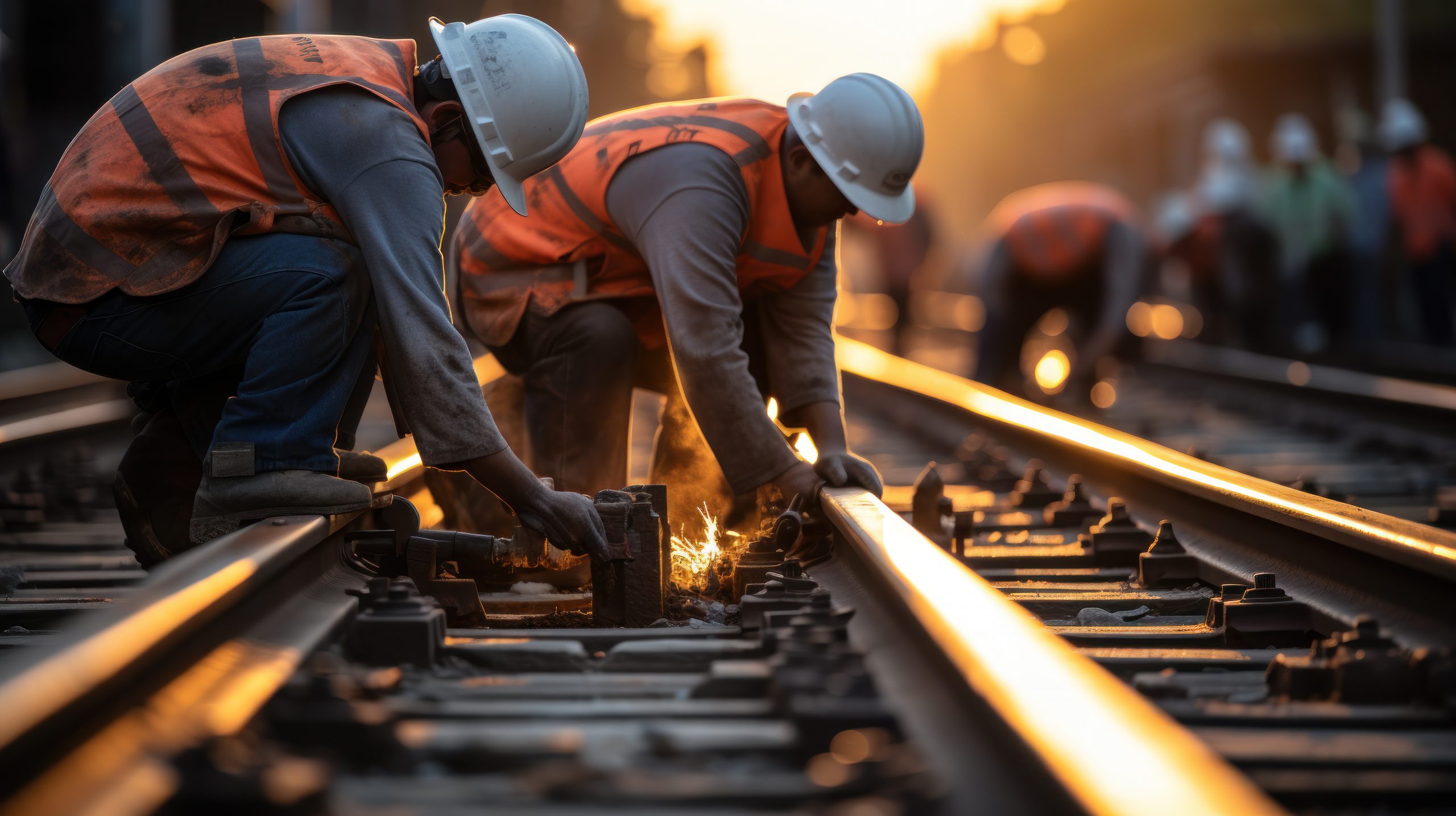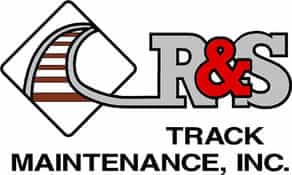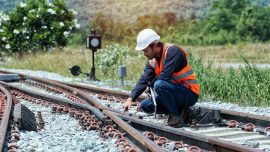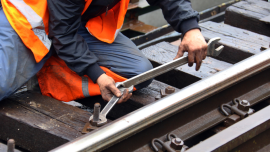
How Are Railroad Ties Replaced?
Railroad ties are the primary support beams for the rails themselves. They are laid perpendicular to the rails and hold them upright. Railroad ties are typically made of wood or concrete and must be replaced periodically due to wear and tear. The frequency of replacing them can depend on the type of ties used, the level of traffic on the rail line, and the local climate. Overall, wood can be obtained in such high quantities for a low cost, which is why you see them used on the majority of railways.
However, wooden ties generally have a shorter lifespan than concrete or composite ties and may need to be replaced every 7-10 years. Concrete ties are more durable and can last up to 30 years. Here is a step-by-step process of how railroad ties are replaced.
Inspecting the Railroad Ties
Not all ties get replaced at once. Before replacement, the maintenance crew at R&S Track will perform manual railway inspections to identify ties that have deteriorated or have been damaged. Ties may be assessed for signs of rot, splitting, or other structural issues, especially for wood. Once faulty ties are identified, their location is marked for replacement.
Planning and Preparation
After the faulty railroad ties are identified and marked, planning and preparation for the replacements can begin. The maintenance team will gather specialized equipment to remove the old ties, procure the replacement ties, and schedule maintenance work for the track. The section of track where ties are being replaced must be cleared of any trains, which means there will be temporary track closures to allow maintenance crews access to the area.
Removal and Installation of New Railroad Ties
The old ties are removed using specialized equipment known as a spike puller, which removes the nails from the rail. New ties are then put in place and are aligned properly to maintain the track’s gauge (the distance between the rails) and secured in place.
The ballast, which is the layer of gravel or crushed stone under the ties, may also need to be adjusted and replaced. Properly maintaining the ballast is crucial for giving the track a stable and level foundation.
Quality Control and Inspection
Once the repairs are complete, the track is thoroughly inspected again to ensure it meets safety and operational standards. This includes checking for proper alignment, gauge, and fastening of the rails. Once the quality control and inspection are complete, the track can be reopened for trains.
Use R&S Track for Railroad Tie Replacements
R&S Track has been a leader in railroad maintenance throughout the Midwest since 1987. Our services include, but are not limited to:
- Consulting
- Surveying
- Project Design
- Track Maintenance
- Railroad Tie Installation
- New Track Construction
Please contact us at (402)-564-1801 for any questions or if you want a price estimate.




0 comments
Write a comment